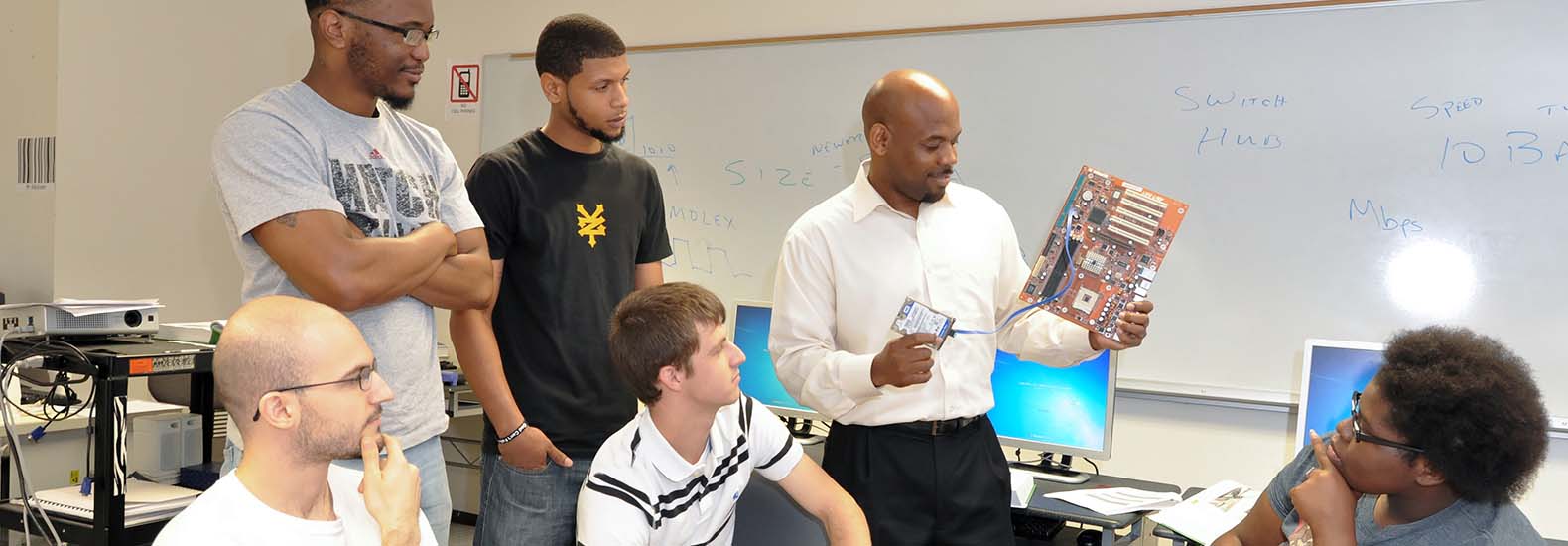The IT industry can appear to be intimidating at first, especially considering the rate of change that occurs with technologies and concepts. While it’s true that the evolution often occurs at staggering speeds, there are still fundamental concepts that apply to modern hardware and software design, and many of these concepts have existed for decades, and still remain relevant to information technology training.
For a great example of how a concept remains fundamentally static, even as technology progresses, you only need to look at graphics processing units (GPU). While GPUs have constantly evolved to provide more processing power, there’s still one major consideration that every computer owner will need to make – onboard, or dedicated video?
What’s the Difference?

A video card performs functions similar to a central processing unit (CPU), except that the architecture of the microprocessor is designed specifically for processing graphics and outputting them to a monitor. Graphics cards are incredibly important in the consumer space, especially for entertainment purposes. At information technology school, you will learn that video cards are also essential for shared computing, graphics rendering, and other productivity based tasks.
In a system with an onboard video or graphics card, the chip is integrated into the CPU. A dedicated card is just as the name implies – a separate piece of hardware that is independent of the CPU. There are a number of benefits and disadvantages to either option, and depending on the function of the computer, either one could be desirable.
Onboard graphics cards are often used in inexpensive systems. Because the video functions and processing functions are shared by a single piece of hardware, it is possible to maintain a smaller form factor. Power consumption can also be reduced, which is why onboard video is often found on laptop and tablet computers. Some basic consumer desktop and business PCs also use onboard graphics, especially for machines that are focused on basic entertainment or productivity. The downside is that these integrated systems typically have less total computational power than a computer that features a separate CPU and dedicated video card.
Dedicated video cards on modern machines connect through the PCI bus. They feature their own onboard processor and RAM, and in most cases require a separate power connection. Because dedicated video cards don’t need to perform basic CPU tasks, they can dedicate all of their resources to processing graphics information. For consumers this can mean better multimedia performance, especially in the case of gaming. Professionals who run programs that are graphics intensive will also require a dedicated card.
Why Does It Matter in the Context of Information Technology School?
 If you specialize in hardware, particularly in system building or maintenance, you will need to know the differences, advantages, and disadvantages of either option. When the bottom line is cost, the best solution is always going to be onboard video. When it comes to performance, dedicated video will always win.
If you specialize in hardware, particularly in system building or maintenance, you will need to know the differences, advantages, and disadvantages of either option. When the bottom line is cost, the best solution is always going to be onboard video. When it comes to performance, dedicated video will always win.
However, there are times when the user requirements sit somewhere in the middle, a business user that primarily runs an office suite will be well served by an onboard solution, however, their colleague that runs a program like AutoCAD will need the additional power that only a dedicated video card can provide. If your information technology college course leads you to a career in corporate desktop support, then you will absolutely need to know the difference between the two solutions and how either one can benefit any particular user.
Getting the Right Training in Information Technology
To gain a comprehensive understanding of IT concepts, hardware, and software, it is important that you choose an information technology training course that is aimed at providing the skills and knowledge that are in high demand. ITI Technical College focuses on vocational learning that will prepare you for employment in one of the world’s most competitive job marketplaces. Talk to us today about upcoming enrolments and take the first step towards an exciting career in the IT industry.
For more information about graduation rates, the median debt of students who completed the program, and other important information, please visit our website: https://iticollege.edu/disclosures/




